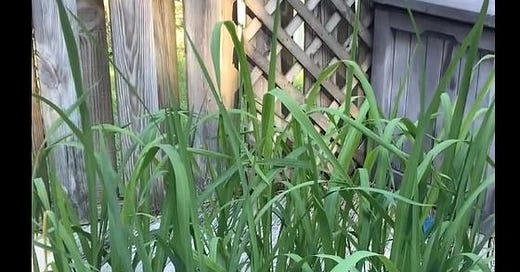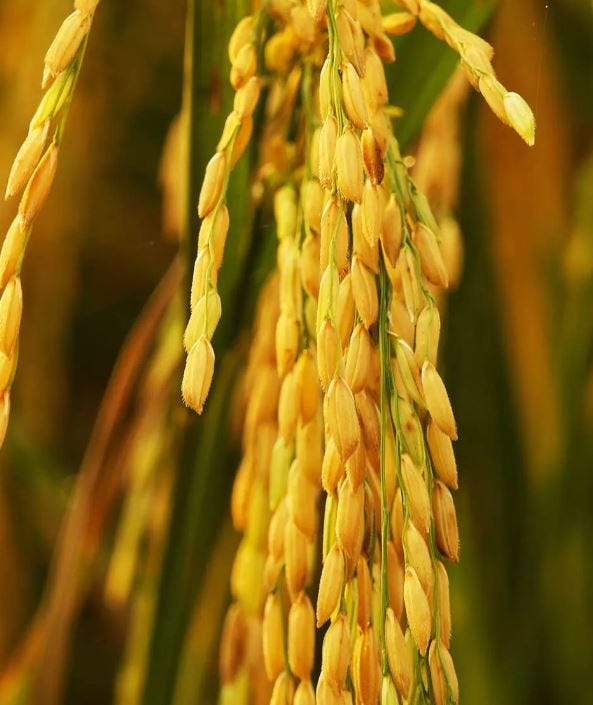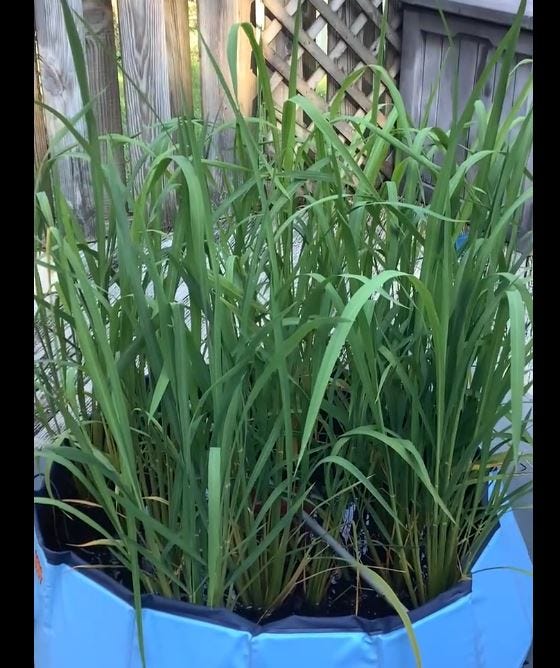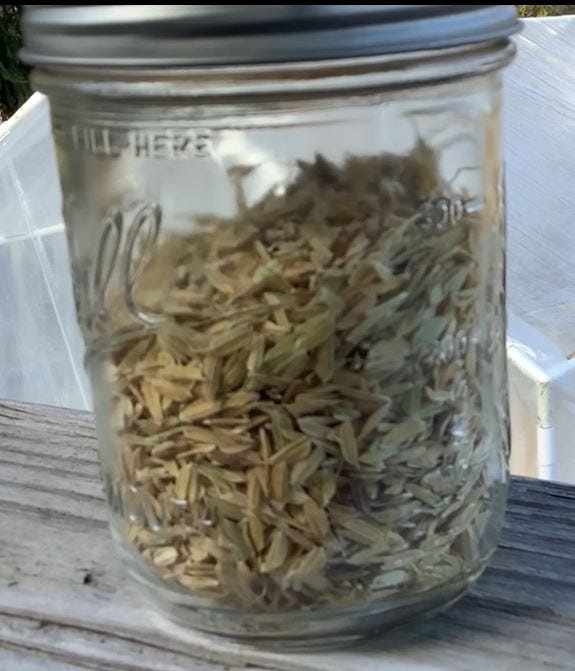Carolina Gold rice is a heirloom variety of long-grain rice from West Africa that was once a staple crop in the southern United States, particularly in the Carolinas. It is renowned for its unique flavor, aroma, and cooking qualities, the rice was well established by the 1690’s. It quickly became a valuable cash crop due to its adaptability to the region's growing conditions.
Carolina Gold rice became South Carolina’s principal export in the years leading up to the Civil War. There was an estimated of 5 million bushels worth being grown; a bushel being 60 pounds of hulled rice. Benjamin Franklin loved it so much he even took some with him to the French court! The grains are slender and long, with a light golden hue, giving it the "Carolina Gold" name. It is prized for its firm texture and ability to absorb flavors in dishes.
Decline and Revival
The production of Carolina Gold rice declined significantly in the 20th century due to various factors, including changes in agricultural practices (losing their slave labor force) and the introduction of higher-yield rice varieties. However, efforts to preserve heirloom and heritage crops led to a revival of interest in Carolina Gold rice in the late 20th century and early 21st century.
In the 1980s, avid duck hunter and eye surgeon, Dr. Richard Schulze stumbled across some wild growing rice while searching for the reason ducks from that region in in the Carolina’s tasted so rich. You can read more about that whole story at the Carolina Gold Foundation website Carolina Gold Rice Foundation
Growing Concern over Shortages
If you, like me, were looking for a way to help offset your food bills or have noticed the new stories of rice shortages and hording. A few recent headlines:
India imposes major rice export ban, triggering inflation fears | Reuters
A rice shortage is sending prices soaring across the world. And things could get worse | AP News
Sri Lanka faces ‘man-made’ food crisis as farmers stop planting | Food News | Al Jazeera
The Impending Global Rice Shortage: Here's What You Need to Know | marthastewart.com
The World Economic Forum believes rice “can’t just be grown anywhere – it is a hugely water-intensive crop, grown on flooded fields. It takes 3,000 to 5,000 liters of water to produce 1kg of rice.” I hate to break it to you Claus, your wrong. We grew our rice in a doggie bath tub. Yep, that’s correct. Last year we started our rice experiment and was successful.
Various Methods of Cultivating Rice
The WEF was partially correct anyway, when commercially growing rice it can be water intensive if you are only looking at one method of cultivation. There are in fact three viable methods.
Wet Rice Cultivation: Also known as paddy cultivation, it involves growing rice in flooded fields. This method requires standing water to control weeds and pests and is common in regions with abundant water resources. This is the most familiar method.
Dry Rice Cultivation: In this method, rice is grown in non-flooded, dry fields. It relies on rainfall or irrigation for water supply and is practiced in areas with limited water availability.
Upland Rice Cultivation: Suitable for areas with well-drained soils, upland rice cultivation doesn't involve flooding. It relies on rainfed agriculture and typically uses upland varieties of rice.
Here on ‘the farm” we used a type of wet rice cultivation the first year, I was continually monitoring the water level in the pool and keeping two inches of water above the soil line so the ground wouldn’t dry out. The second year we did more of an upland or dry cultivation method.
How it Worked
Year one relied solely on the water hose hooked up to the house keeping the water level at the height I wanted. It was a little tedious to have to monitor the level daily and create a way to keep the water circulating to detract mosquitoes from laying eggs. We did not want the water to go stagnant. In the center of the pool, I had a small submersible solar pump which did the trick just fine.
Year two I decided to try something different. We have a nutrient rich reservoir of water on hand with the pool. I setup a water irrigation system using a solar pump to pull the water up and into a line of PVC piping that feed the ‘field’. Once the sun was no longer strong enough to power the pump the water drained, and the soil dried out for the evening.
This mimicked very closely in my estimation the rise and fall of the tides in South Carolina where the rice flourished so easily. This method can easily be adapted to a recirculating system if you don’t have body of water close by to be able to pull from.
Getting Started
We purchased our first-year rice on Amazon. I know… it was risky. Here are the steps I took to grow and harvest our rice.
Soaked seeds over 24 hours
You can then direct sow or start like we did in a tray. Seeds will germinate in 3 - 5 days. If you direct sow, it is notable that rice likes water and ground temperatures to be around 70 degrees. For this reason, we do not start our rice until mid-May.
allow sprouts to grow to 2 - 3 inches in height. If starting indoors you will want to take a week or two and hardening them off prior to transplanting outside.
Make your “paddy” really mushy (technical term) and full of organic material: compost, leaf mold, straw, peat moss, and some soil to hold the structure. This will feed your rice. If you are growing wet a lot of soil is not necessary, only 3 - 4 inches in depth. You can side dress more compost into your rice if it looks like it needs it.
Plant you rice plugs, two or three sprouts per plug, about 7 inches apart from each other. Your rice may want to clump together if you are starting in a tray like we did (see video) you can pull the strands apart easily under running water.
Allow rice to grow. Rice takes about 120 days to reach full maturity. Use a sharp cycle or cutting tool to clean cut the stalks. They can be bundled and hung upside down in a dry place with good air circulation for about a week to allow them to completely dry before pulling the rice from the stalks and storing.
You can see our setup running over on our Rumble Channel Fat Momma Farms.
Yield
Year one we yielded about 6 oz of rice, year two we have doubled that amount.
So, we are not going to be replacing our pantry staple with rice we’ve grown where we currently live. But it is really nice to know if we do move or need to scale up, we can. Just like with the Winter Wheat we grew. I will continue to grow one tub of rice just to keep my seed stock viable. It doesn’t take any special consideration once established. It was a fun project and one that I highly recommend people play around with. If you have tried growing rice at your place leave a comment below and let us know how it went for you.







